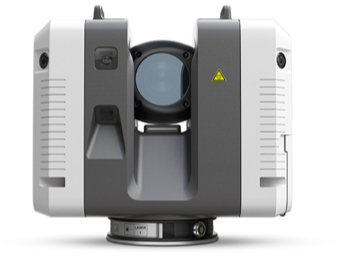Our state-of-the-industry equipment and expertise make
laser scanning a fast and accurate process.
Leica RTC360 3D Laser Scanner
- Captures two million points per second
- Accurate to 1.9 mm at 10 meters (5.3 mm at 40 meters)
- Specialized tripod can scan heights up to 18 feet
- Custom mounts to help scan confined spaces without entry—saving manpower and time, and avoiding complicated retrievals


Our 25 years of successfully using traditional, as-built measurement methods give us a unique perspective for scanning as-built conditions. This experience allows us to leverage cutting-edge industrial laser scanner technology to achieve best-in-class results.
Benefits of Our Laser Scanning Services
Traditional, as-built methods of scanning capture existing equipment, primary steel, and large piping adequately, but fail to accommodate for the effects of time. Older structures rarely remain plumb, level and straight. Laser scanning solves the obstacle of structural abnormalities which wear and change over time, to provide a current, pin-point representation of the project.
Laser scanning accurately captures new piping, equipment, and steel to provide a better model.
The Process
To produce an accurate scan of the area, we perform an average of 30 to 40, two-minute scanner setups at the project site. Larger areas could require up to a few hundred setups.

